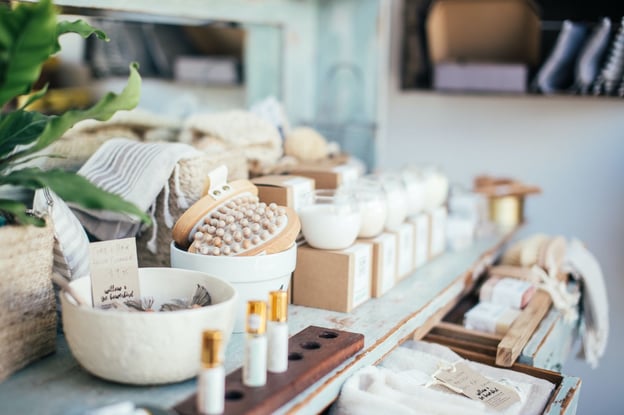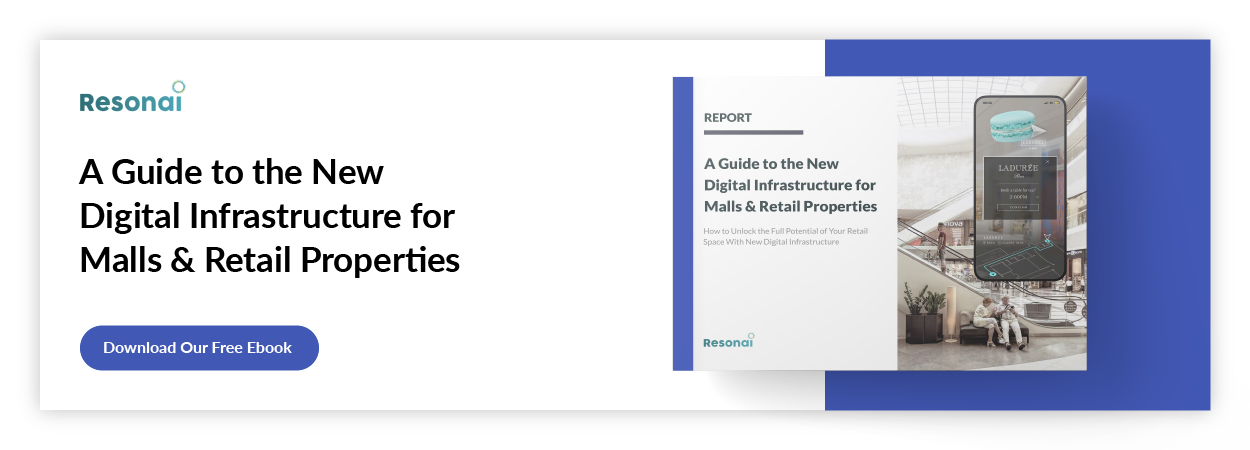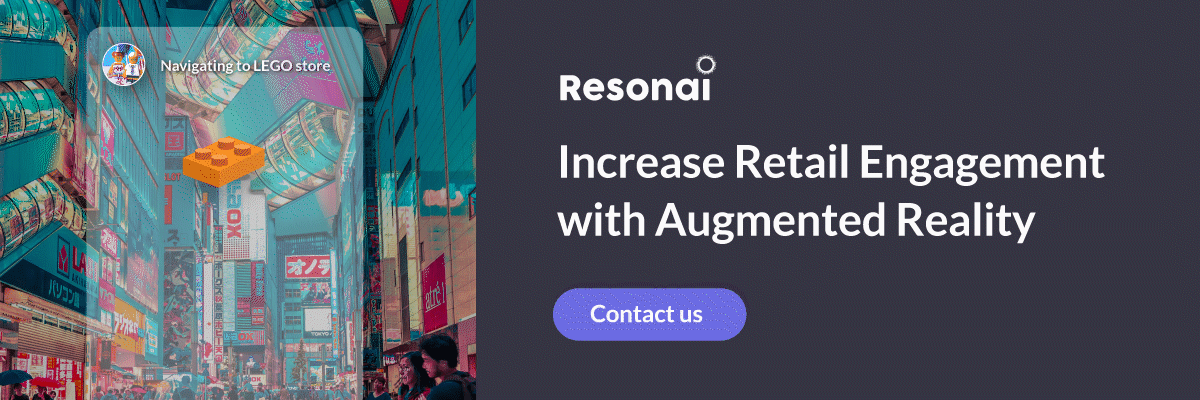What Is Retail Store Design?
Find out what makes retail store design an essential part of both the planning and upkeep process
 If you’re trying to make a store a success, what’s even more fundamental than the products you sell? The retail store design itself. Deciding not only which items go in which aisles but where the aisles themselves stand (or don’t stand) helps determine how customers will traverse your store, which items they’ll see at different points of their journey, and how much they’re likely to spend. Just as crucially, it can also influence how likely they are to come back and shop again.
If you’re trying to make a store a success, what’s even more fundamental than the products you sell? The retail store design itself. Deciding not only which items go in which aisles but where the aisles themselves stand (or don’t stand) helps determine how customers will traverse your store, which items they’ll see at different points of their journey, and how much they’re likely to spend. Just as crucially, it can also influence how likely they are to come back and shop again.
While there are many individual elements to address when creating a retail store design, the good news is that, simply by keeping the organization of your retail location front of mind, you’re already on track to outperform others: 64% of customers have walked out of a store after finding it messy or disorganized. Some kind of overarching plan will always be better than raw chaos, but with the right retail store design tips and tools in hand, you can do a lot better than simply keeping customers from walking out.
Jump to a section…
Why is retail store design so important?
5 tips for making good retail store design
Find the best store layout for your business
Don’t overlook window displays
Change up key elements frequently
Ready to take your understanding of store planning to the next level? Check out Store Planning: The Ultimate Guide for Retail.
What is retail store design?
Retail store design is the science and art of creating retail locations that are built to purpose for their location’s primary objective. If you’re running a department store or similar business, your main metric of success is likely the amount of revenue it generates. However, if you’re designing the space for a lifestyle brand that emphasizes making a big impact on customers and driving sales and engagement even when they aren’t under your roof, you’ll likely want to make different decisions about how to use the space you have.
Everything from the colors you paint your walls, to the way you position your aisles, to the way you integrate technology such as electronic displays and AR points of interest can impact how visitors respond to your store. Building a digital infrastructure into your location, whether from the ground up or as a new addition, is a powerful way to put technology both you and your customers may already possess to work in driving up your desired metrics. Read our Guide to the New Digital Infrastructure for Malls & Retail Properties to find out more.
Why is retail store design so important?
Retail store design is important because it’s the first and most fundamental way you interact with in-store customers. Here are some of the ways your retail store design choices can impact your desired KPIs:
- Revenue: We’ve all been there: You headed into a store with just one item on your list, and ended up leaving with a cart full of goods you didn’t know you needed. Customers make about 4 out of 5 shopping decisions while they’re in the store, so the choice of which goods you show shoppers, when, and how, can make a huge difference on how much they spend.
- Customer retention: Put simply, good retail store design is one of the best ways to make it easy and satisfying to shop in your store — and bad retail store design is one of the best ways to turn off potential customers. How satisfied customers feel with your store after shopping there plays a big role in how likely they are to come back.
- Brand identity: Social media engagement, email outreach, and loyalty programs can each make a strong impression on current and potential customers, but there’s no stronger way to show off what makes your business tick than by immersing customers in a carefully crafted retail experience.
5 tips for making good retail store design
Now that we’ve established what retail store design is and why it’s such an essential component of retail planning, it’s time to lay out a solid foundation for your own. These five tips will help you get started.
Find the best store layout for your business
While the individual implementation of retail store designs will vary based on the amount of space and type of location you have, it’s a good idea to apply a consistent, overarching philosophy to your spaces. But which should you pick? Racetrack? Grid? Free form? Each has its own benefits and drawbacks, and our guide to store layout will help you find the best approach to meet your goals.
Use the right tools
Once you have an overall plan for your retail store design in mind, it’s time to get into the specifics — how will you use an existing space, or if you’re constructing an all-new location, how will you make the most of the possibilities ahead? Fortunately, you don’t have to do it all by hand. Store layout maker tools help automate many of the fiddly details of laying out your vision, and many come with handy templates that will give you a headstart toward creating the retail map.
Use color psychology
While it’s natural to start with the concrete form of a place, don’t let your choice of color only come as an afterthought. Instead, think about how the effects that colors are known to have on the psyche can be used to your business’ benefit; for example, red elements command attention but shouldn’t be overused at the risk of causing strain, while yellow is associated with feelings of self-esteem and creativity.
Don’t overlook window displays
Stores have been enticing customers by displaying products in their front windows for centuries, but that doesn’t mean the practice is out of date. For businesses in areas with strong foot traffic, a tempting window display can be an excellent means of attracting passers-by. Even if your store is further from foot traffic and more of a destination of its own, using window space and the initial decompression zone to inform customers of current promotions and hot items gives you one last chance to shape their retail journey before it begins.
Change up key elements frequently
Novelty is a powerful means of directing attention, but overhauling your entire store interior every few months probably isn’t a practical solution. Instead, prioritize choices early in the design process that will make it easy to implement high-impact visual changes with a minimum of employee effort. Ensuring that customers still know how to get around the store even as novel changes to the space help retain their interest is a worthwhile balancing act.
Searching for ways to make your retail store design more effective for years to come? Integrating digital infrastructure, either from the ground up or as an upgrade using technology you (and your customers) already have, is a powerful method to help your business reach its goals for years to come. Set up a demo with Resonai today to find out how we can help your retail location thrive.
Subscribe to Our Newsletter!
Read More
What Is Store Planning?
Store planning is a delicate balancing act. It requires a keen understanding of human behavior and...
How to Implement a Digital Twin
Creating a digital twin is easier than ever before. According to one study, digital twins will...
The 6 Retail Store Floor Plans Every Pro Needs to Know
The world of retail store floor plans is vast and diverse. Every professional has their own opinion...

